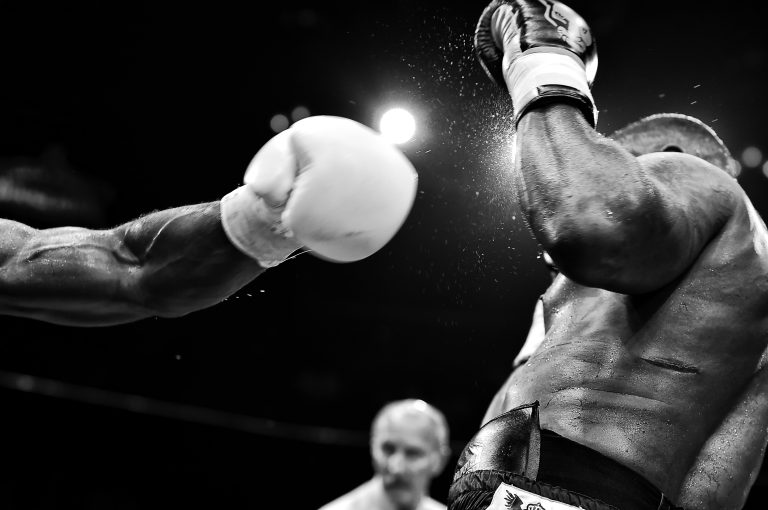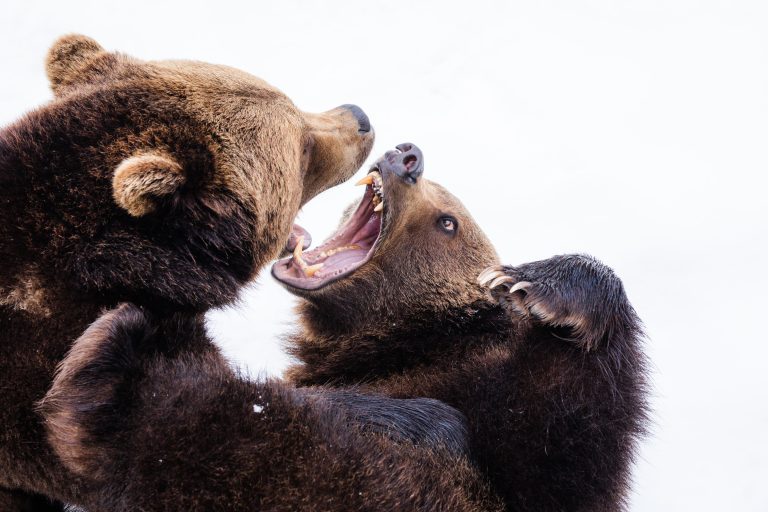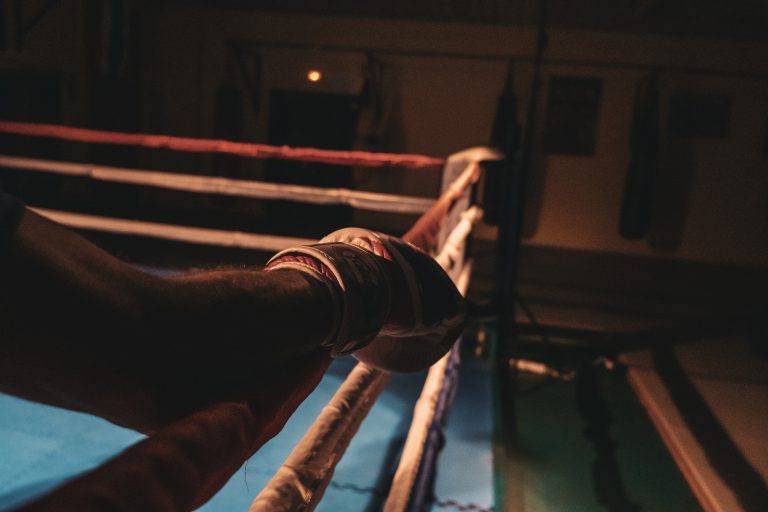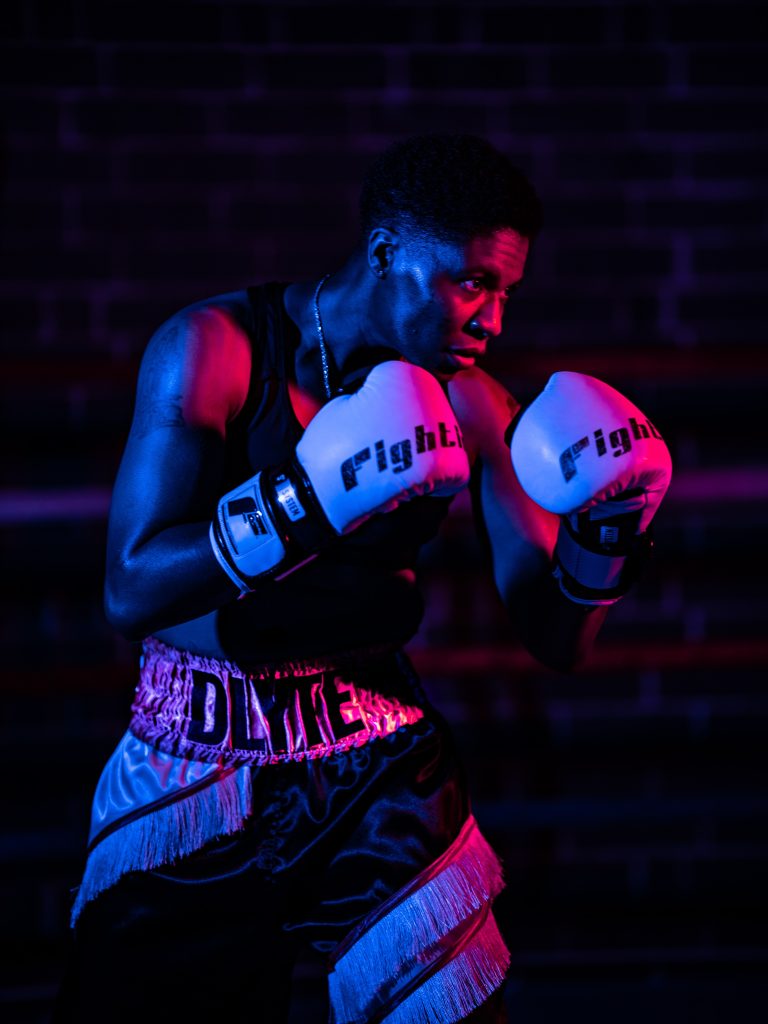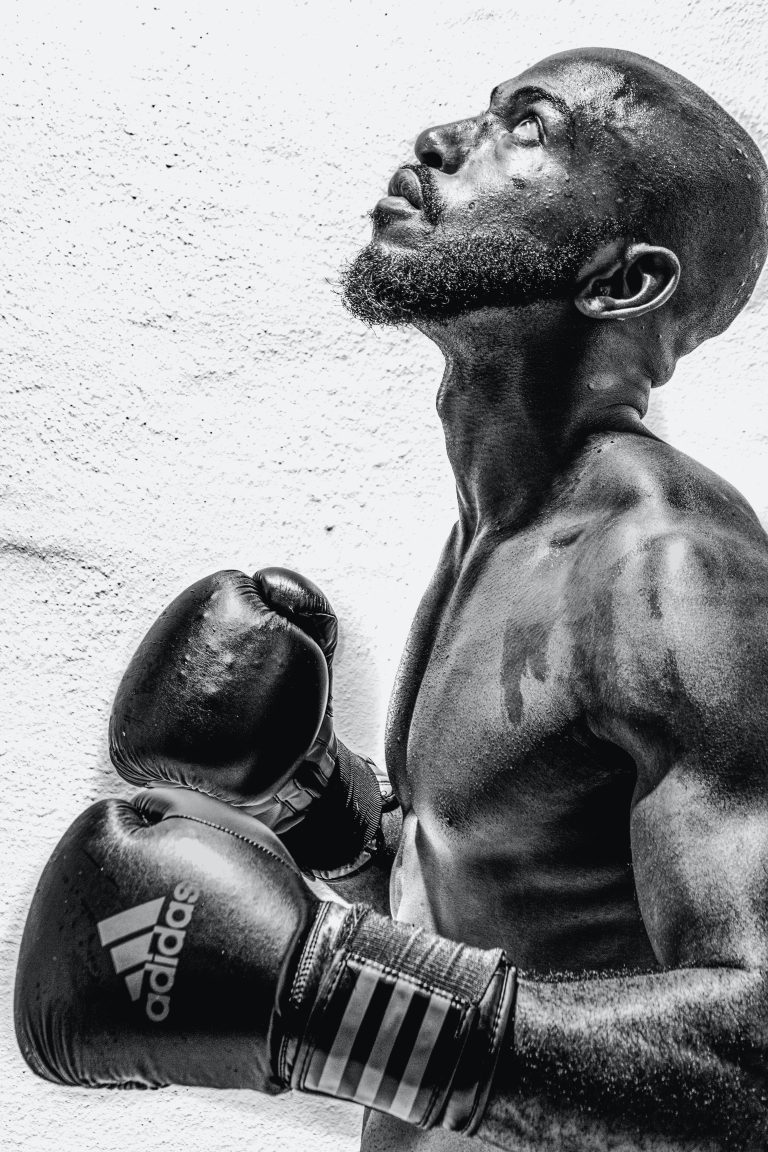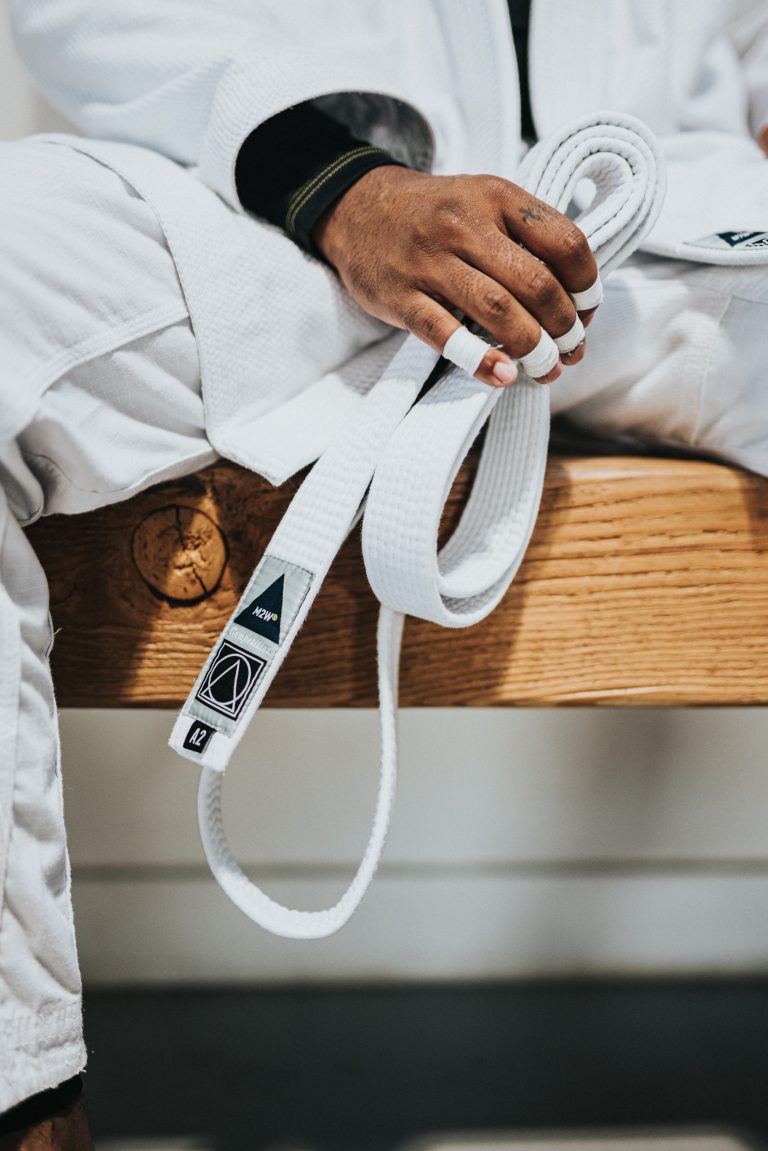How Karate Started: A Brief History
Karate is a popular form of martial arts that originated in the Ryukyu Kingdom, which is now known as Okinawa, Japan. Many people are familiar with karate, but few know its history and how it came into existence. This article will delve into the origins of karate and its development over time.
The Origins of Karate
The origins of karate can be traced back to Okinawa, which was an independent kingdom until it was annexed by Japan in the late 19th century. Okinawa was a small island with a unique culture that was influenced by China and Japan. The islanders developed their own martial arts, which were known as te, meaning „hand“ in Okinawan. Te was used by the local Okinawan guards to protect themselves against bandits and foreign invaders.
During the early 20th century, karate was introduced to Japan by Okinawan practitioners. The Japanese were fascinated by this martial art, and it quickly gained popularity. The word karate itself means „empty hand“ in Japanese, which refers to the idea of using one’s body as a weapon instead of relying on traditional weapons like swords.
Development of Karate
In the early days of karate, it was taught and practiced in secret. It wasn’t until the 1920s that karate became more widely known and accepted in Japan. Karate developed into many different styles, with each style emphasizing different techniques and strategies.
One of the most influential figures in the development of karate was Gichin Funakoshi. Funakoshi was an Okinawan who introduced karate to Japan and founded the Shotokan style. Shotokan is one of the most popular karate styles in the world today and is known for its emphasis on strong stances and powerful strikes.
Another influential figure in the development of karate was Mas Oyama, who founded Kyokushin Karate. Kyokushin is a full-contact style of karate that emphasizes hard, powerful strikes and rigorous training. Kyokushin has gained popularity around the world and is known for producing some of the toughest martial artists in the world.
Karate Today
Today, karate is practiced around the world by millions of people. It has become a popular sport, with many competitions and tournaments held every year. Karate is also still used for self-defense, with many people relying on its techniques to protect themselves.
In recent years, karate has also been recognized as an Olympic sport. Karate was set to make its debut at the 2020 Olympics, which were scheduled to be held in Tokyo. However, due to the COVID-19 pandemic, the Olympics were postponed until 2021.
The Frequently Asked Questions About How Karate Started
Karate has been an integral part of Asian culture and history for centuries. It is a discipline that has been passed down for generations, with a rich heritage and long history. As someone interested in karate, you may have questions about its origin and how it started.
In this blog post, we will answer some of the frequently asked questions about how karate started, ensuring accuracy and strong evidence. So, let’s dive in and learn more about the historically rich discipline of karate.
What is Karate?
Karate is a martial art that originated in Okinawa, Japan. It is a defensive form of combat that uses the entire body as a weapon, focusing on rapid-fire strikes, kicks, and defensive blocking. Karate emphasizes mental, physical, and spiritual strength and has developed into a global discipline with millions of practitioners worldwide.
Where did Karate Originate?
Karate originated in the Ryukyu Kingdom, which is now Okinawa, Japan. The Ryukyu archipelago was geographically isolated, and their rulers banned weapons to maintain peace, and as a result, the people developed defensive techniques using their bare hands and feet, which later became known as karate.
Who Invented Karate?
Karate was not invented by a single individual but developed over time by the people of Okinawa. Over the years, different karate masters added their ideas and techniques to the discipline, resulting in the diverse styles we see today.
What is the History of Karate?
The history of karate is traced back to the Ryukyu Kingdom, where the practice of martial arts was born out of necessity. The people of Okinawa developed karate as a way to defend themselves against invading forces, pirates, and bandits. It was only later that karate evolved into a discipline that emphasized physical and spiritual training.
In the early 20th century, karate started spreading to Japan, and Gichin Funakoshi, known as the father of modern karate, was instrumental in popularizing the discipline. His teachings laid the foundation for the modern karate taught today worldwide.
What is the Meaning of the Word Karate?
The word karate comes from two Chinese characters, „kara“ meaning „empty“ and „te“ meaning „hand,“ which translate to „empty hand.“ This name represents the idea of using your bare hands and body for self-defense, without any weapons.
How Did Karate Become Popular?
Karate became popular after World War II when the US military stationed in Okinawa began learning and practicing the discipline. American soldiers who returned home from Okinawa spread the word about karate, and it soon became popular throughout the world.
Additionally, karate became an Olympic sport in 2021, which brought further popularity to the discipline.
What Are the Different Styles of Karate?
There are many styles of karate, each with its unique techniques, training methods, and philosophy. Some of the most popular styles include Shotokan, Goju-Ryu, Shito-Ryu, Wado-Ryu, and Kyokushin.
Who Can Practice Karate?
Anyone can practice karate, regardless of age or gender. Karate can provide many physical and mental benefits to individuals, including strength, flexibility, self-defense skills, and stress relief.
How to Explore the Origins of Karate
Karate is a martial art with roots in the Ryukyu Kingdom, which is present-day Okinawa, Japan. With such a rich history, it’s natural to want to know more about how this martial art began. In this how-to guide, we’ll explore the origins of karate through step-by-step instructions.
Step 1: Understand the Ryukyu Kingdom
Before delving into the origins of karate, it’s essential to have a basic understanding of the Ryukyu Kingdom. The Ryukyu Kingdom existed from the 15th century until 1879 when it was annexed by Japan. The kingdom comprised a group of islands now known as Okinawa Prefecture, and it was famous for its trade and culture with China and Japan.
Step 2: Learn About the Chinese Influence
The Chinese influence on karate is undeniable, and this is because the Ryukyu Kingdom had trade relations with China. In fact, many believe that martial arts were brought to the Ryukyu Kingdom from China. One of the most significant contributions from China was the martial arts style known as Shaolin Kung Fu.
Step 3: Look into the Okinawan Influence
While the Chinese influence on karate is well documented, the Okinawan influence is just as important. The Okinawan martial art, known as Te, played a significant role in the development of karate. Te was a self-defense technique that involved strikes, blocks, and throws. Over time, Te was combined with Shaolin Kung Fu to create karate.
Step 4: Discover the Evolution of Karate
Karate continued to evolve even after it was established. Okinawan karate was introduced to Japan in the early 20th century, where it was further modified to create Japanese karate. Today, there are many different branches of karate, each with their unique techniques and philosophies.
Step 5: Explore the Significance of Karate Today
Karate is not just a martial art; it’s also a way of life. Karate focuses on developing mental and physical strength, discipline, and respect. It’s a way to improve oneself both inside and outside the dojo. Today, karate is practiced all around the world and continues to grow in popularity.
Conclusion
Exploring the origins of karate is an enriching experience that allows you to better understand this martial art’s significance. From the Chinese influence to the Okinawan influence, and the evolution of karate, there is so much to learn. Whether you’re a practitioner or simply interested in martial arts, understanding the history of karate is an essential part of understanding the art itself.
Inhaltsverzeichnis

